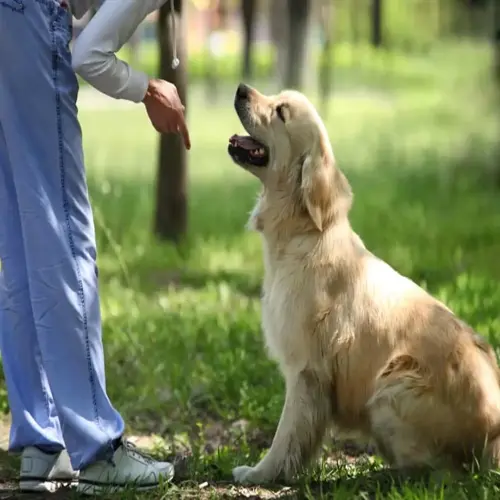Are multi-level habitats beneficial?

Written by
Hoang Long
Reviewed by
Prof. Edward Clarke, Ph.D.Multi-level habitats are an important vertical space for climbing species, such as chinchillas and sugar gliders. These creatures naturally climb trees and cliffs, so vertical designs satisfy that instinct, thus reducing stress levels among these species. However, this opportunity for vertical movement can pose a danger to non-climbing species, such as hamsters and guinea pigs, which falls sustained by other animals may injure.
Secure multi-level enclosures require a high level of functionality. Equipment must be securely mounted with no wobbling. Ramps should not exceed a 30-degree incline and should be textured to enhance holding power. Barriers should be at least six inches in height to prevent falling, but allow for hopping or climbing. I rebuilt a client's equipment setup after her chinchilla suffered a broken leg due to an improper type of ledge.
Structural Requirements
- Secured platforms with non-slip surfaces
- Ramps under 30° incline
- Barriers minimum 6 inches (15 cm) high
- Fall zones with soft landing material
Material Safety
- Untreated hardwood for ledges
- BPA-free plastic connectors
- Powder-coated metal supports
- Avoid wire mesh flooring completely
*Wire flooring creates foot problems* for all animals. The mesh grids of wire cause bumblefoot infections to develop on the foot because of sores between the toes that become chronic. So instead, use solid surfaces that have some texture. Your pets can walk comfortably on these surfaces without open wounds or permanent damage.
Every week, have multi-level habitats checked. Make sure all bolts and connections are tight. Sand any rough wooden edges. Replace any worn ramps immediately. This is a preventative function to improve safety standards for your pets. Your climbing pets will have vertical freedom without worrying about their safety while climbing.
Evaluate your pet's species before adding levels. If you install climbing structures, be sure to use appropriate vertical and horizontal structures that include solid barriers and solid ramps. No wire surface should be used at all. Your animals can achieve vertical enrichment without potential problems.
Read the full article: Ultimate Small Animal Housing Guide

